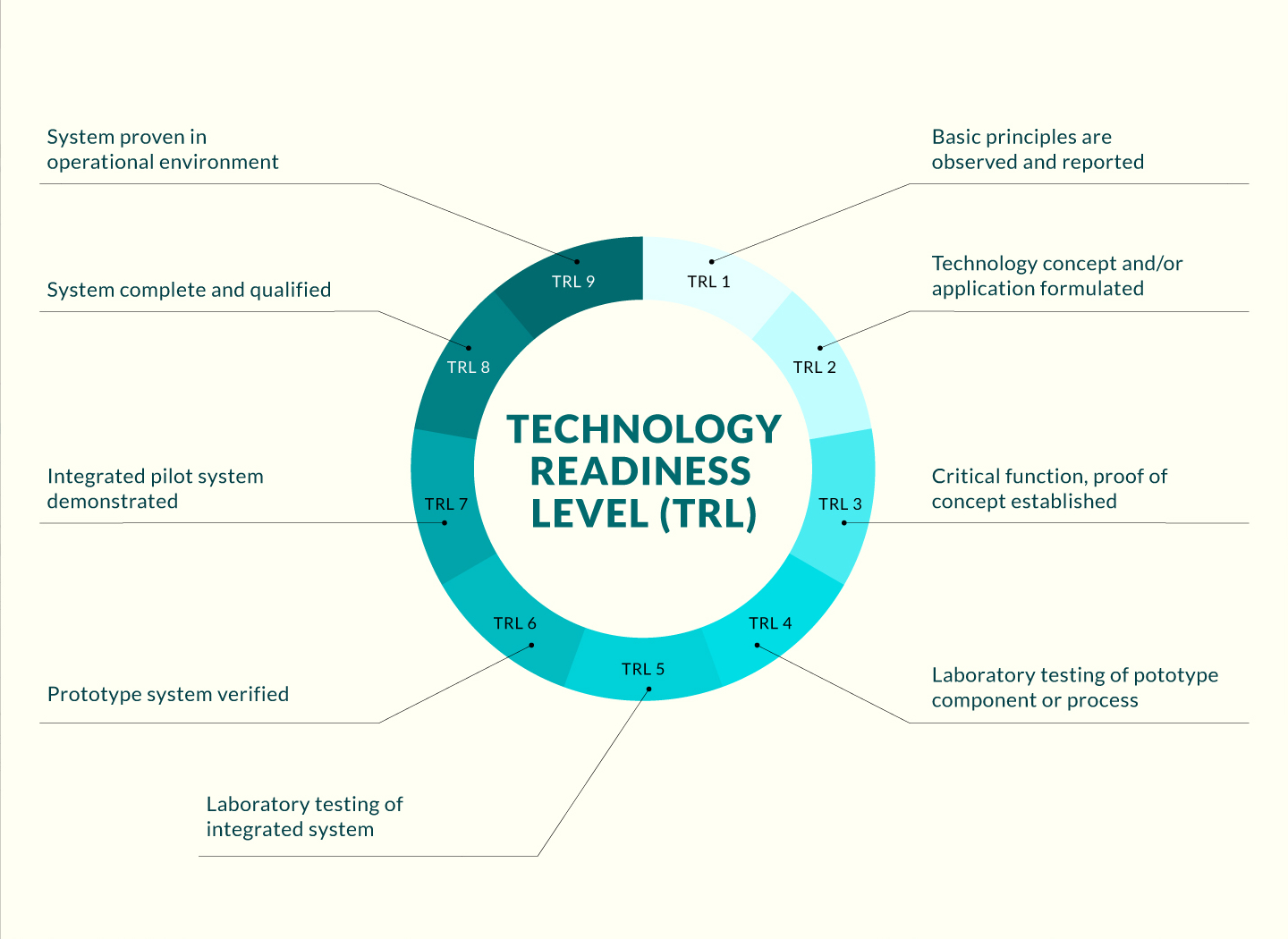
 Opportunity
Opportunity
The problem addressed by the invention is the challenge of effectively delivering drugs to the brain while bypassing the blood–brain barrier, which often limits the efficacy of treatments for brain diseases and neurological conditions. Although intranasal administration has been shown to be a promising approach, prior research has not established the successful and efficient image-guided intranasal administration of drug vehicles to treat brain diseases. Therefore, there is a need for improved methods of and/or formulations for delivering drugs to the brain. To address shortfalls in existing practice, these methods and/or formulations should be more efficient and easier to use than currently available technologies, and they should also allow the drugs to be tracked during and/or after the treatment non-invasively to refine the treatment.
Technology
The technology comprises a novel method of (1) delivering a drug into the brain of a subject via intranasal administration using liposomes; and (2) monitoring the distribution of the drug in the brain noninvasively, using magnetic resonance imaging (MRI).
Liposomes are specifically designed to encapsulate a therapeutic drug and a computed tomography contrast agent. The liposomes are developed in forms suitable for nasal application, such as drops, sprays, and mists. Once administered, the liposomes cross the blood–brain barrier, allowing the drug to reach the brain cells efficiently and effectively. Subsequently, the distribution of the drug is monitored non-invasively through MRI by measuring chemical exchange saturation transfer signals, which indicate the distributions of liposomes and their contents in specific brain regions. This enables real-time tracking of therapeutic agents in the brain.
Advantages
- Using traditional intravenous or oral administration, many drugs do not effectively penetrate the blood–brain barrier, resulting in low concentrations of therapeutic agents in the brain. The invention provides a novel and more effective and efficient method of intranasally delivering drugs to the brain.
- The invention enables non-invasive tracking of drug distribution in the brain. This capability allows for real-time assessment of drug localization and efficacy, helping to refine treatment, which is not possible with current methods that lack such monitoring features.
- The technology allows for the drugs to be administered via various delivery modes (drops, sprays, mists), making the method adaptable to different patient needs and improving user compliance relative to traditional delivery methods.
Applications
- Treatment of cand/or prophylaxis of cancer, especially brain tumors.
- Treatment and/or prophylaxis of neurodegenerative diseases such as Alzheimer’s disease and Parkinson’s disease.
- Treatment and/or prophylaxis of epilepsy.



